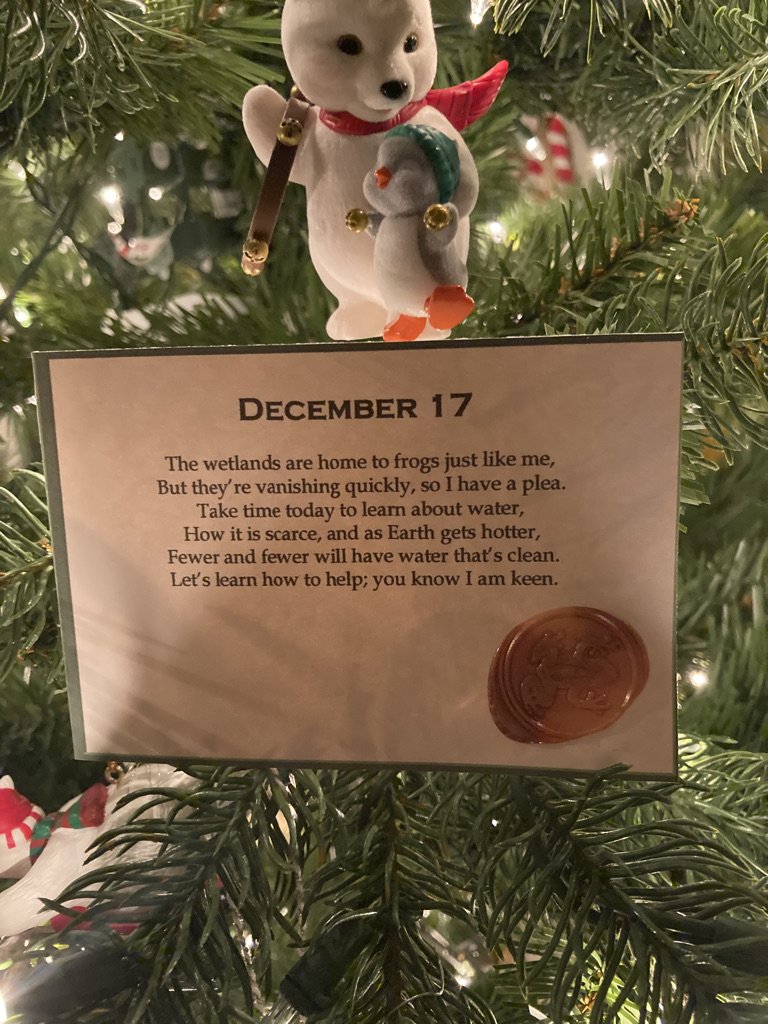Activity:
Go through your snacks and search for ones that contain palm oil (look for palmate, PKO, palm kernel oil, stearic acid, sodium layer sulfate, acetyl or octyl palmitate, elaeis guineensis, and anything ending with palmitate). Which ones are you willing to live without? If you don’t think you can give them up, try looking online; sometimes there’s an easy substitute that’s free from palm oil available from a different brand. If your kids are older, you might have them help you track down the parent company that makes the snack, and send them an e-mail asking them to stop using palm oil in their products. But the best part, for me at least, is making a list of snacks that are free from palm oil and delicious, so you know what to reach for without guilt.
We eliminated palm oil from our house years ago, but then the pandemic hit, and suddenly we found ourselves picking up shelf-stable snacks and not being able to easily read labels. It is hard to eliminate palm oil if you’re trying to avoid going to the grocery store constantly, staying too long, or breaking the bank. I’m excited for this opportunity to re-commit, but I also advocate giving yourself some grace. Choosing palm-oil-free foods more frequently is a great step, even if choosing them never is impossible.
If you’re struggling, you might want to read up on all the sneaky, alternative names for palm oil. You can also read up on the problem with palm oil here. This satirical commercial (appropriate for kids of all ages), also works to illustrate the relationship between snacks and deforestation, and might be a great point of entry.
Rationale:
For decades, hard-working environmental educators believed that if people knew about climate change they would take action. However, a significant and ever-growing body of research from the last decade has revealed that it’s (unfortunately) not that simple. Sociologist Kari Norgaard notes that while people need information about climate science in order to become invested in climatological issues, information alone is inadequate to prompt the public to take meaningful action in the face of anthropogenically motivated climate change (2011). To put it bluntly, the default climate science communication method of supplying credible climate science to the public has failed to galvanize widespread action in response to climate catastrophe. Yet climate chaos is a wicked problem; it exacerbates social injustice, promises to cause mass extinctions, and is expected to create hundreds of millions of climate refugees. As former President Barack Obama put it, “no challenge -- no challenge -- poses a greater threat to future generations than climate change.” If our traditional methods of environmental education are ineffective, then we must urgently conceptualize new ways to inspire a widespread and passionate commitment to climate justice.
I have a lot of ideas for how we can do this, but one involves empathy. Not surprisingly, research suggests that the relationship between empathy and proenvironmental tendencies is intertwined. In a 2015 study, researchers discovered that “other-oriented tendencies, such as compassion for others, effectively strengthen tendencies related to the conservation of nature” (Pfattheicher et al., 2016, p. 940). People who exhibit higher levels of empathy toward humans also exhibit higher levels of empathy toward nature and environmental systems, despite their abstraction. Interestingly, too, when participants were given a series of pictures, they exhibited greater levels of environmental empathy if they were paired with instructions to consider perspective-taking (i.e. “It is important for the study that you imagine how the pictured persons feel. Try to feel what the persons are currently going through and how they feel. You can let yourself be guided by your feelings” (Pfattheicher et al., 2016, p. 934). I have plenty of lingering questions about this research—how long does the effect last? How can we use this discovery to come up with something more effective than largely ineffectual environmental campaigns of the 90s that depicted polar bears and other charismatic animals under threat? Does this empathetic sentiment translate into meaningful action? But I am nonetheless compelled. If we can teach our children (and ourselves) to be more empathetic toward the environment in an ecosystemic way, to understand the complex transnational engines that drive climate chaos, and to appreciate the limited role of individual action for a problem that is undeniably irresolvable without major societal reconfiguration, then we may just be on to something.
To that end, the next couple of days are designed to help our kids process on an emotional level how grocery purchases at home drive the deforestation of the Amazon, the relentless slide toward extinction of orangutans, and the loss of one of our most essential carbon sinks. But, uhhhh, in a fun, festive way.
Book Recommendation:
My top recommendation is for Mary DeMocker’s excellent book The Parents’ Guide to Climate Revolution, which brought us this palm oil hunt. This book has tons of clearly described actionable activities to do with your kids of all ages.
I also love Over and Under the Rainforest, by Kate Messner & Christopher Silas Neal, and you can watch a read-aloud with the author here. If your kids are little, this Deep in the Forest: A Seek-and-Find Adventure by Josef Antòn & Lucie Brunellièreis gorgeous and has been a favorite for both my kids.



